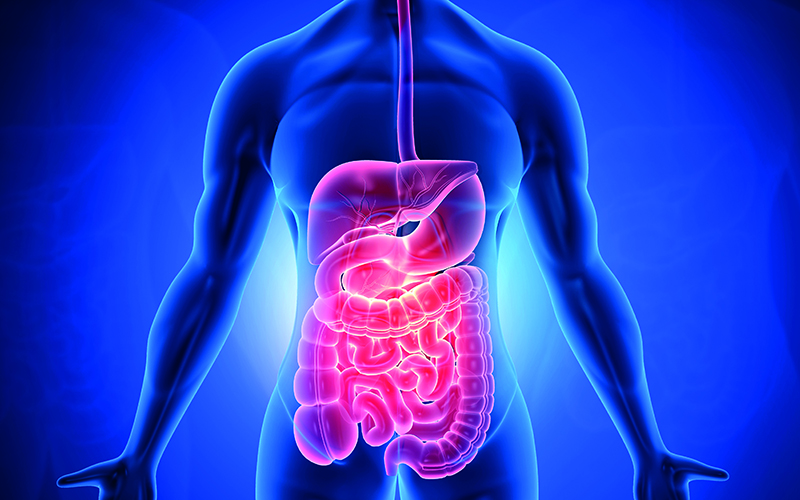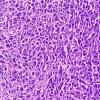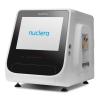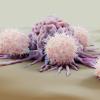A recent report sheds light on immune cell biomarkers that may reveal which patients are most at risk for graft-versus-host disease (GVHD).

This is a life-threatening condition that can arise after haematopoietic stem cell transplantation (HSCT) for treatment of blood cancers, such as leukaemia.
Sophie Paczesny, lead author, said: “Allogeneic HSCT remains the only validated treatment to cure leukaemia.
“In HSCT, donor-matched cells are infused into the bloodstream of sick patients and ultimately travel to the bone marrow. Some of these cells are immune cells, which help eliminate residual leukaemia cells not killed by chemotherapy.
“Yet despite careful donor-recipient matching and use of immunosuppressive therapies following transplantation, some of the donor’s immune cells may begin to attack the patient’s tissues, which is called graft-versus-host disease.”
GVHD impacts up to 50% of patients receiving HSCT and can manifest in multiple organs. About a third of those with GVHD experience localised effects within the gastrointestinal tract (GI-GVHD), which carries the highest risk for fatality.
Paczesny’s group showed that levels of dendritic cells (specifically a population known as plasmacytoid dendritic cells) expressing the ICOS ligand were increased in patients with GI-GVHD compared with controls. Critically, patients with high levels of these cells had significantly lower three-year survival outcomes compared with those with low levels.
Image Credit: Shutterstock




